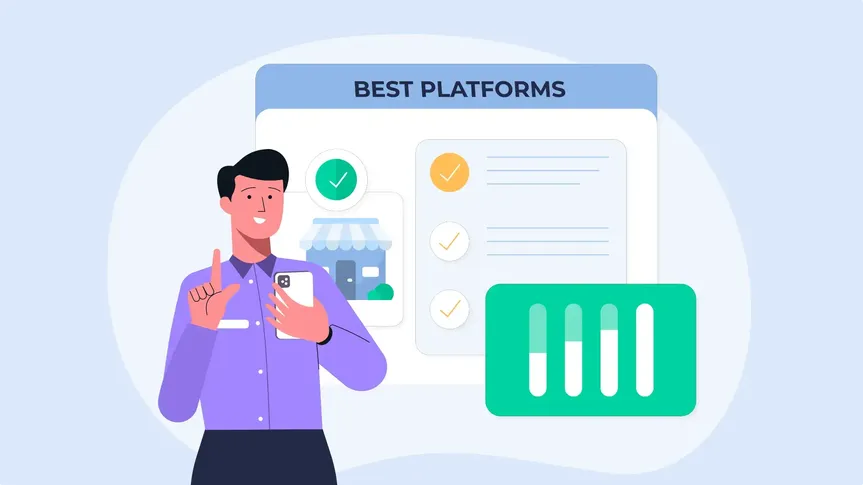What is P2P Lending?
Table of contents
FAQ

Is P2P lending safe?
The safety of your P2P lending portfolio depends on your ability to access risk. While P2P lending is not risk-free, you can significantly lower your risk by conducting due diligence on the P2P lending platform and its management.

How much can I make with P2P lending?
P2P investors can expect an annual return between 6% and 15%. Your profit depends on the type of loans you are funding and the risk you are willing to take.

How do P2P lenders make money?
P2P lenders make money from the interest and fees that are charged to borrowers.

Is P2P lending a good investment?
P2P lending can be a good investment tool to bring more stability to your investment portfolio, as the return from P2P loans is more predictable than the potential return from other investments.
Top Platforms



Recommended
 Investing on any investment platform is subject to risks. The actual profit from your investment may vary.
Investing on any investment platform is subject to risks. The actual profit from your investment may vary.Latest Guides


Best P2P Real Estate Investing Platforms 2025Ready to become a real estate investor? All you need is €1. Wondering how it works? We will show you. 18 May 2025
18 May 2025


12 Best P2P Platforms in 2025Want to invest in P2P loans but don't know where to start? Have a look at our list of top 12 P2P lending sites for [2025]. 15 August 2025
15 August 2025


Best Crypto Lending Platforms 2025We have compared the most popular crypto lending platforms. Find out which one is the best and the worst crypto lending platform! 30 December 2022
30 December 2022







